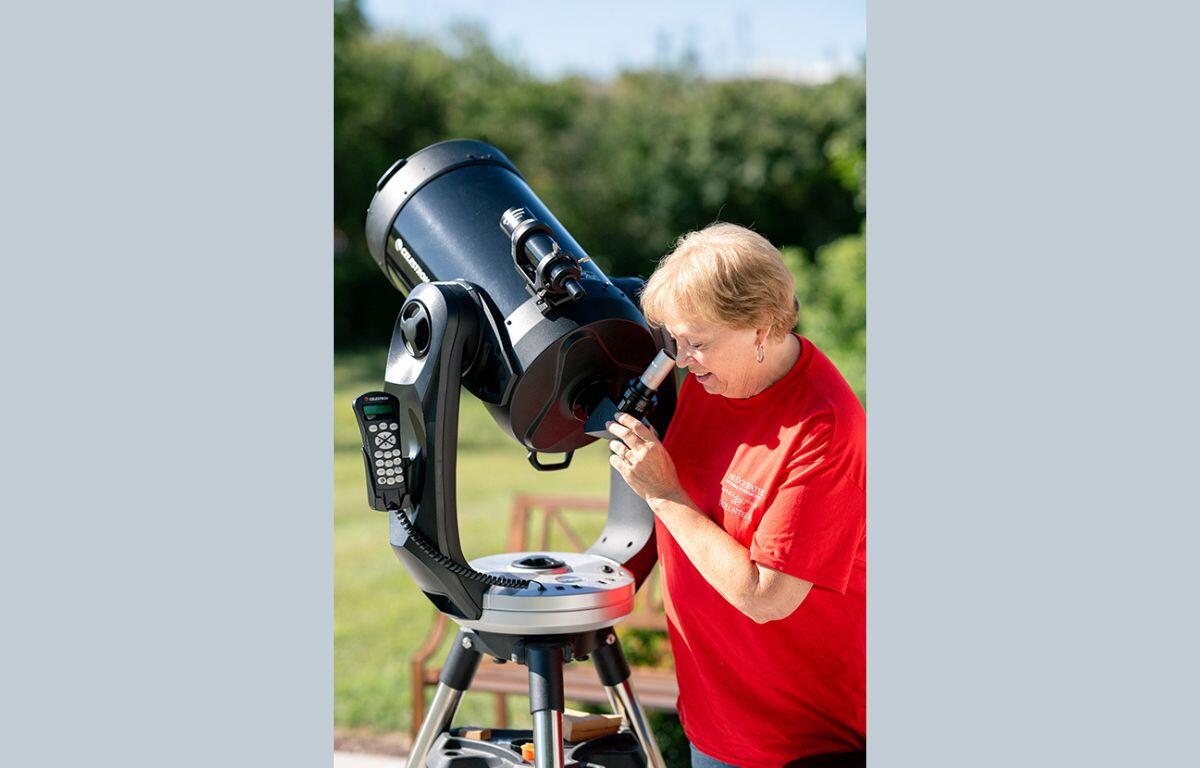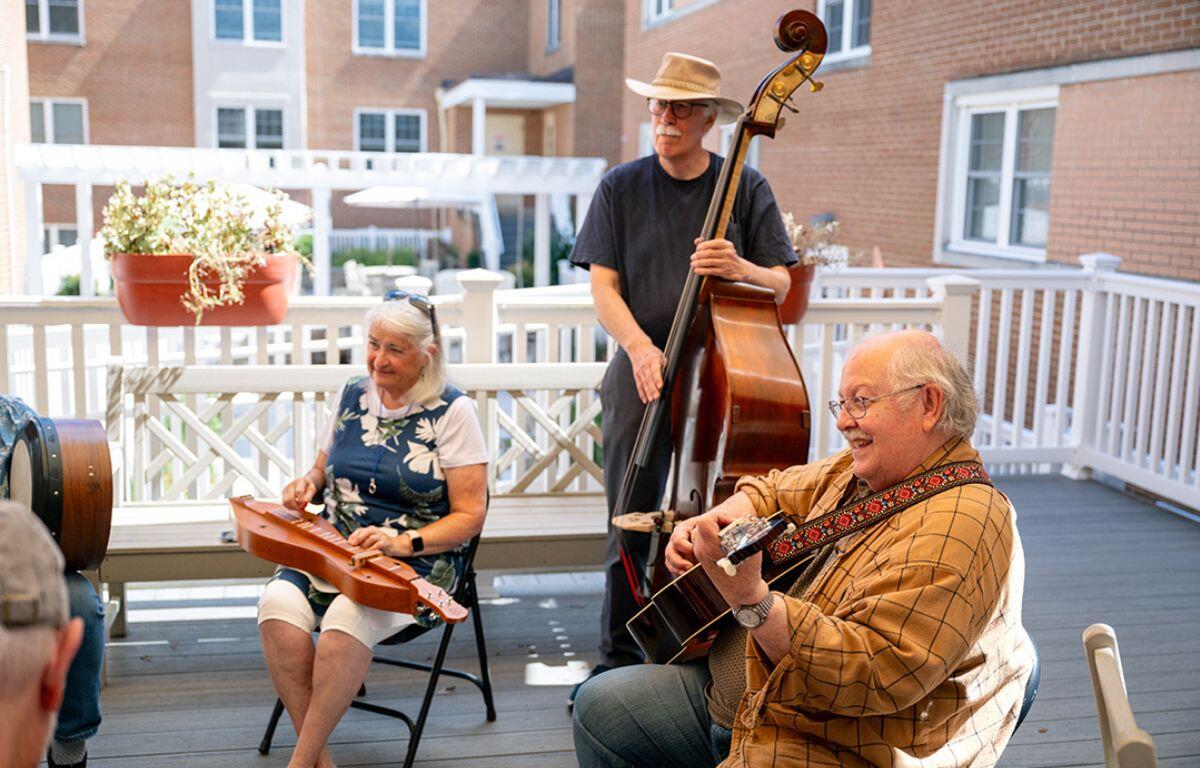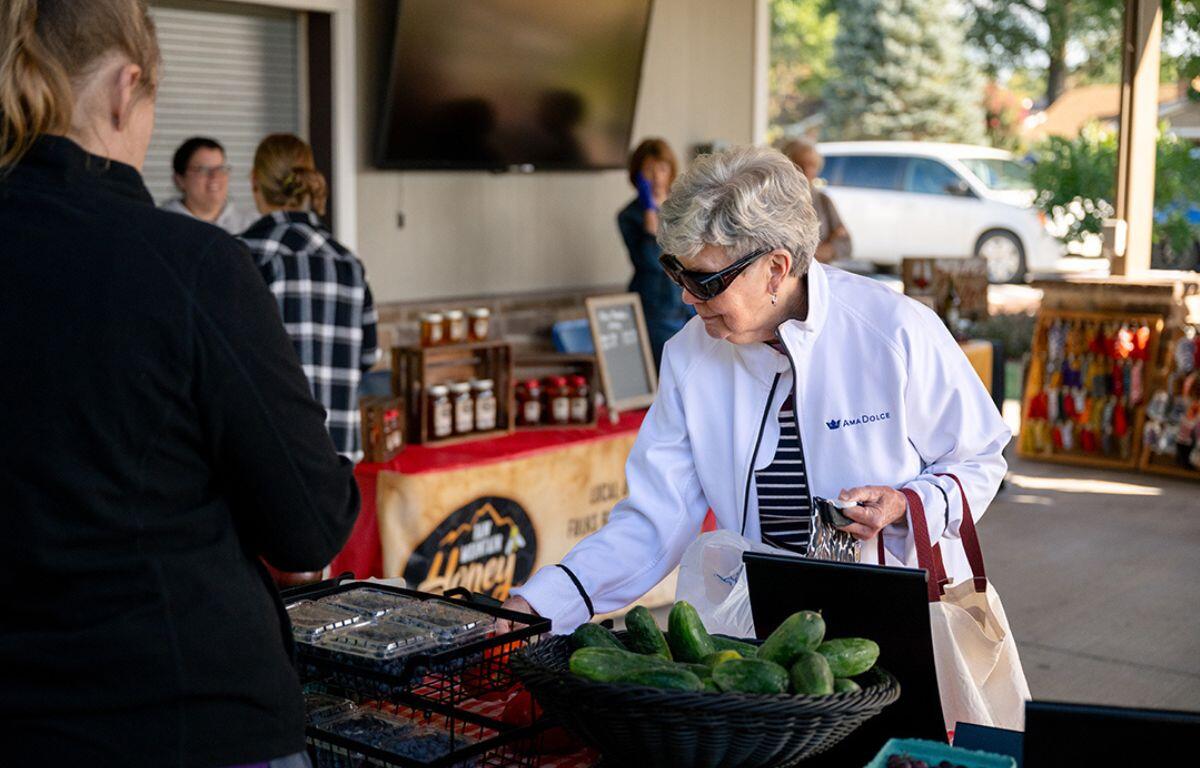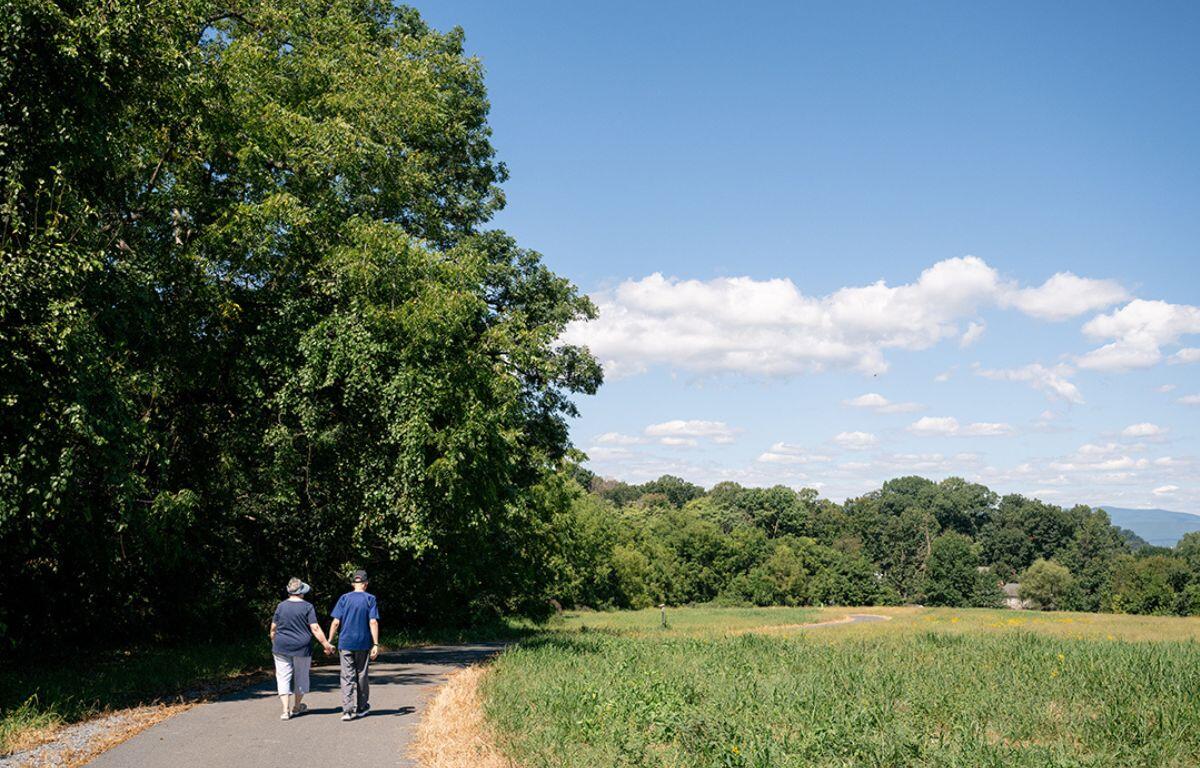When people think about retirement communities, they often picture outdated images of “old folks’ homes”—sterile hallways, limited choices, and giving up independence. At Bridgewater Retirement Community (BRC), we hear these assumptions all the time. The truth is today’s retirement living looks nothing like the myths.
At BRC, residents enjoy a walkable campus in the heart of Bridgewater, with tree-lined streets, modern apartments and cottages, on-campus restaurants, a fitness center, creative arts studios, and endless opportunities to stay active and connected. It’s a place designed for people who want to keep living fully.
So let’s tackle the five biggest misconceptions we hear and set the record straight.
Myth #1: Moving to a retirement community means settling for less.
The idea that life somehow shrinks when you move to a retirement community couldn’t be further from reality. In fact, most residents say they actually gain freedom and choices.
Think about it: no more mowing, snow shoveling, or worrying about surprise roof repairs. Instead, you’re free to spend your days on the things you enjoy, whether that’s joining a fitness class, volunteering in the local community, or just strolling with neighbors on our shaded walking paths.
There’s always something going on around the community—live music, lectures, social clubs, interest groups, and more. Far from giving things up, residents often tell us, “I wish I’d made the move sooner—my world actually opened up.”

Myth #2: Retirement communities are only for the rich. It’s less expensive to maintain my own home.
On the surface, staying in your own home feels cheaper. But the picture changes quickly once you add up property taxes, rising insurance premiums, lawn care, utilities, snow removal, appliance replacements, and other hidden costs. Then add the emotional costs: worrying about who to call when the water heater breaks or if a fall on the stairs goes unnoticed.
At BRC, expenses are predictable. Monthly fees include maintenance, housekeeping, meal plans, and access to well-being and fitness programs. Residents gain peace of mind knowing that everything from a light bulb change to transportation to medical appointments is covered. (Retirement communities are all different, so it’s important to ask what’s included in the monthly fees.)
We also offer a variety of living options to fit different budgets. Moving to a community like BRC isn’t about luxury. It’s about value, security, and smart planning.
Myth #3: I should wait until I’m in my mid-70s to consider a move.
This is one of the most common misconceptions we encounter. Many people think they’ll wait until the “right time”—usually when health starts to decline. But by then, the move can feel overwhelming, and you may miss out on years of community life.
At BRC, residents in their 60s and early 70s are thriving. They’re joining pickleball leagues, leading committees, exploring the Shenandoah Valley, and traveling worry-free because their home is cared for while they’re away. The earlier you move, the more you can enjoy the lifestyle while you’re healthy and active enough to take full advantage.
One resident summed it up perfectly: “I moved here before I had to—so I could enjoy it while I wanted to.”

Myth #4: My kids will take care of me if I need help.
Families love each other, but caregiving is hard. Adult children often juggle careers, kids of their own, and daily stress. Adding full-time caregiving duties to the mix of an already busy life can strain even the closest relationships.
At BRC, our continuum of care model means residents have priority access to higher levels of support when they need it. That means you can plan for the future without relying solely on family. And your kids? They get to go back to being your children, not your caregivers.
It’s about preserving dignity, relationships, and peace of mind for everyone involved.
Myth #5: Retirement communities are for people who are sick or boring.
If you picture rows of rocking chairs and long, quiet hallways, you haven’t been to BRC! Our residents are anything but boring. They’re artists, musicians, former teachers, business leaders, gardeners, travelers, and lifelong learners.
BRC’s arts and music programs are thriving, with residents exhibiting paintings, singing in choirs, and attending concerts right on campus. The fitness center hums with activity: yoga, group classes, and personal training sessions. Our library, garden plots, and woodworking shop keep hobbies alive, while day trips and cultural outings bring new experiences.
In short: life here is vibrant. The only thing “sick” about it is how outdated the old stereotypes are.

The Bottom Line
Retirement communities aren’t about giving up. They’re about opening up. At Bridgewater Retirement Community, we see people moving not because they have to, but because they want to: to trade chores for choices, isolation for connection, and uncertainty for peace of mind. And this goes for other senior communities in the region and around the country. Older Americans realize the old stereotypes no longer apply.
So the next time you hear someone repeat one of these myths, you’ll know the truth: life in a retirement community isn’t the end of the story. It’s the beginning of an amazing new chapter.
Want to learn more about what retirement living in a community like BRC really looks like today? Visit us online at brcliving.org or give us a call at (540) 828-2550.




